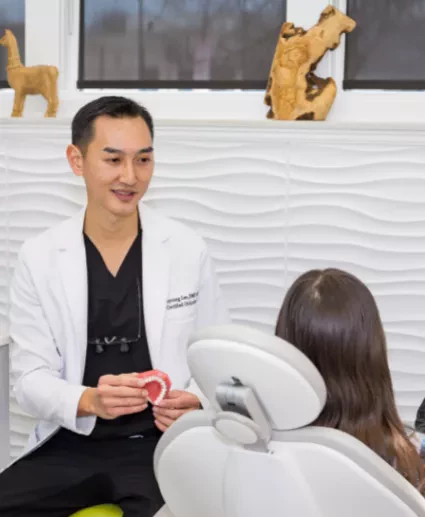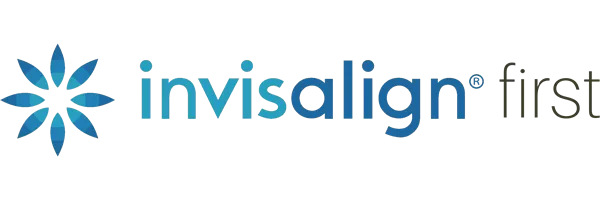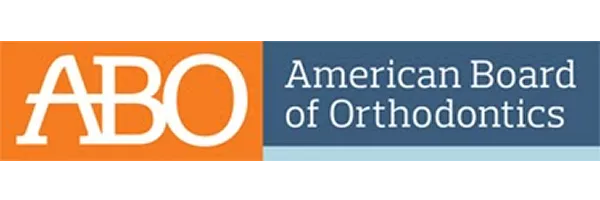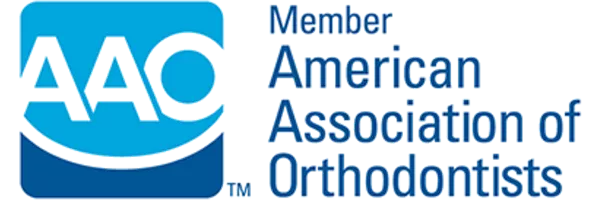Welcome to Somerville Orthodontics!
Creating Healthy Smiles for a Stronger Community
Welcome to Somerville Orthodontics!
Keeping You Safe, Making You Smile: view our COVID-19 Safety Protocols

Top Rated Care
At Somerville Orthodontics nothing means more to us than being a part of the Somerville and Boston area community. That is why we could not be prouder to have been voted Boston Magazine’s Top Dentist for two years in a row! We are so grateful to be able to provide happy and healthy smiles to our neighbors, friends and members of our local community.
Thank you to all of our patients who recommend us to their friends and families! It really means a lot to us.

Get Ready for Your Smile Touch-Up
See where you fit on our smile scale! Based on your goals and needs, we will match you with the most cost-effective treatment tier. Whether you are interested in small cosmetic enhancements or comprehensive treatment to improve the health and function of your bite, we offer treatment options that make sense for you.
Learn more
Board Certified Orthodontic Care
Dr. Moonyoung Lee is a board certified orthodontist with a passion for technology, education and community involvement. Dr. Lee is dedicated to his patients and loves the combination of teamwork, precision and aesthetics that makes up the field of orthodontics.
Meet Dr. Lee










